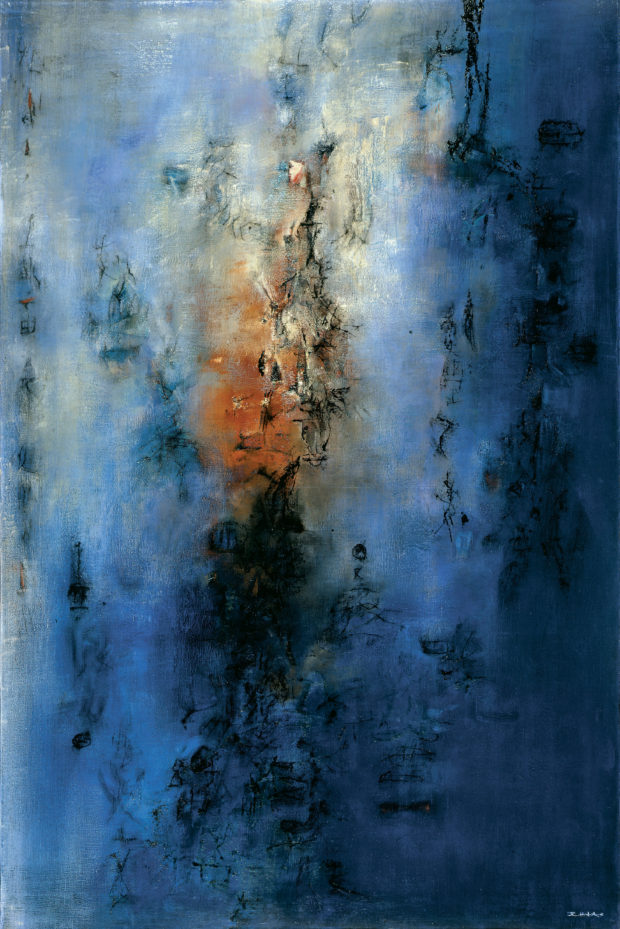CUNY’s James Gallery at The Center for the Humanities ushers in the fall semester with an exhibition based on Alison Knowles’s 1967 conceptual work The House of Dust. The show seeks to encompass the many limbed and generative nature of Knowles’s artwork by showing how it continues to stimulate other artists to explore its themes of translation, permutation, intentionality and inclusivity, bringing to light the work’s enduring relevance.
The House of Dust is a computer generated poem written in the programming language FORTRAN, which generates verses by randomly combining elements from four lists pre-determined by Knowles: each verse consists of four components including, and always beginning with, “a house of,” followed by a location, then a material, and finally a category of inhabitants. The poem repeats after 400 verses. In 1969, based on one of the verses, “A HOUSE OF PLASTIC/ IN A METROPOLIS/ USING NATURAL LIGHT/ INHABITED BY PEOPLE FROM ALL WALKS OF LIFE” Knowles constructed an actual “house” in Chelsea. The house was moved to Burbank, California when she took a teaching position at CalArts in 1970. Knowles also orchestrated several other projects using computer programs, involving students and community members with her house as the nexus.








